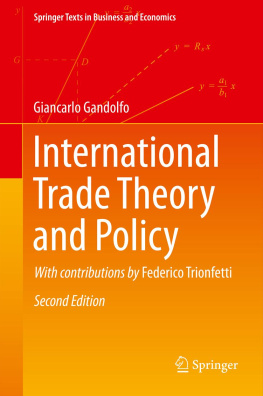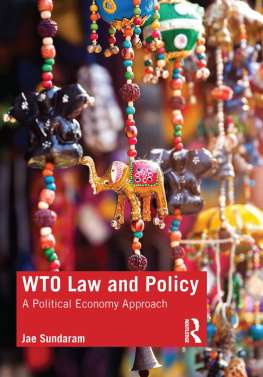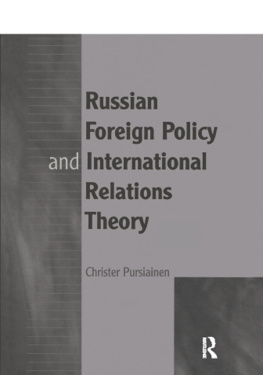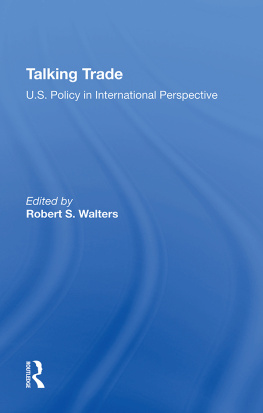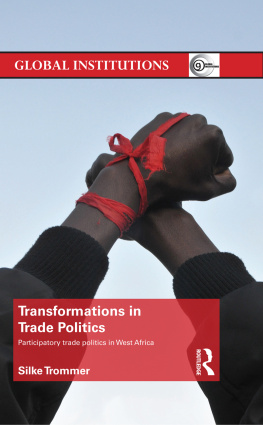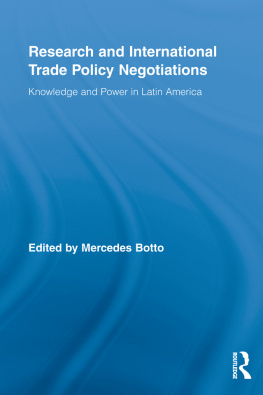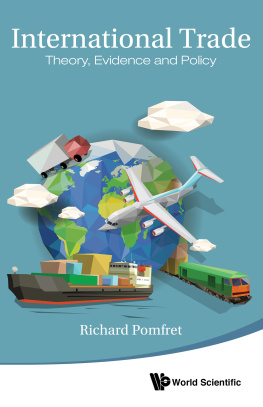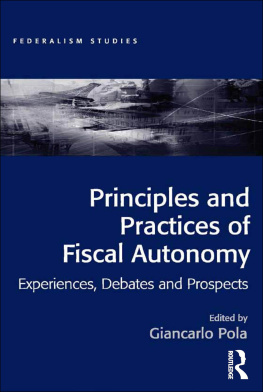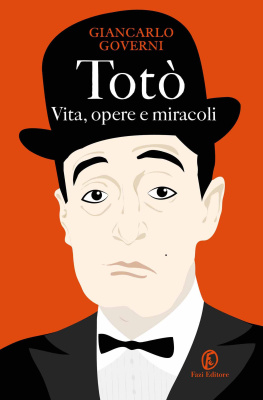1.1 International Economics as a Distinct Subject
While several specialistic fields of economics have been developed as distinct branches of general economic theory only in relatively recent times, the presence of a specific treatment of the theory of international economic transactions is an old and consolidated tradition in the economic literature. Various reasons can be advanced to explain the need for this specific treatment, but the main ones are the following.
The first is that factors of production are generally less mobile between countries than within a single country. Traditionally, this observation has been taken as a starting point for the development of a theory of international trade based on the extreme assumption of perfect national mobility and perfect international immobility of the factors of production, accompanied by the assumption of perfect mobility (both within and between countries) of the commodities produced, exception being made for possible restrictive measures on the part of governments.
The second is the fact that the mere presence of different countries as distinct political entities each with its own frontiers gives rise to a series of problems which do not occur in general economics, such as the levying of duties and other impediments to trade, the existence of different national currencies whose relative prices (the exchange rates) possibly vary through time, etc.
The References (Bhagwati et al. ) at the end of this chapter are a list of recent and less recent textbooks where the nature of international economics is further elucidated.
The specialistic nature of international economicsa discipline of increasing importance given the increasing openness of the single national economic systemsdoes not mean that its methods and tools of analysis are different from those of general economic theory: on the contrary, international economics makes ample use of the methods and tools of microeconomics and macroeconomics, as we shall see presently.
As in any other discipline, also in international economics we can distinguish a theoretical and a descriptive part. The former is further divided into the theory of international trade and international monetary economics . All these distinctions are of a logical and pedagogical nature, but of course both the descriptive and the theoretical part, both the trade and the monetary branch, are necessary for an understanding of the international economic relations in the real world.
The descriptive part, as the name clearly shows, is concerned with the description of international economic transactions just as they happen and of the institutional context in which they take place: flows of goods and financial assets, international agreements, international organizations like the World Trade Organization and the European Union, and so forth.
The theoretical part tries to go beyond the phenomena to seek general principles and logical frameworks which can serve as a guide to the understanding of actual events (so as, possibly, to influence them through policy interventions). Like any economic theory, it uses for this purpose abstractions and models, often expressed in mathematical form. The theoretical part can be further divided, as we said above, into trade and monetary theory each containing aspects of both positive and normative economics; although these aspects are strictly intertwined in our discipline, they are usually presented separately for didactic convenience.
A few words are now in order on the distinction between international trade theory and international monetary theory.
The theory of international trade (which has an essentially microeconomic nature) deals with the causes, the structure and the volume of international trade (that is, which goods are exported, which are imported, and why, by each country, and what is their amount); with the gains from international trade and how these gains are distributed; with the determination of the relative prices of goods in the world economy; with international specialization; with the effects of tariffs, quotas and other impediments to trade; with the effects of international trade on the domestic structure of production and consumption; with the effects of domestic economic growth on international trade and vice versa; and so on. The distinctive feature of the theory of international trade is the assumption that trade takes place in the form of barter (or that money, if present, is only a veil having no influence on the underlying real variables but serving only as a reference unit, the numraire ). A by-no-means secondary consequence of this assumption is that the international accounts of any country vis--vis all the others always balance: that is, no balance-of-payments problem exists.
This part of international economics was once also called the pure theory of international trade, where the adjective pure was meant to distinguish it from monetary international economics.
International monetary theory (which is essentially of a macroeconomic nature) deals with the problems deriving from balance-of-payments disequilibria in a monetary economy, and in particular with the automatic adjustment mechanisms and the adjustment policies of the balance of payments; with the relationships between the balance of payments and other macroeconomic variables; with the various exchange-rate regimes; with the problems of international liquidity and other problems of the international monetary system; etc.
In this book we shall treat the theory of international trade. A companion volume treats international monetary theory, thus following the standard practice of international textbooks and courses.
One last word: in this work we shall be concerned mainly with the theoretical part (both positive and normative) of international economics, even if references to the real world will not be lacking. Thanks to the advances in econometrics and computer power, practically all theories of international trade have been subjected to a great number of empirical tests. As it would not be possible to consider all these tests, it was necessary to make occasionally arbitrary choices, though we feel that the most important empirical studies have been treated. In any case, where no treatment is given, we have referred the reader to the relevant empirical literature.

